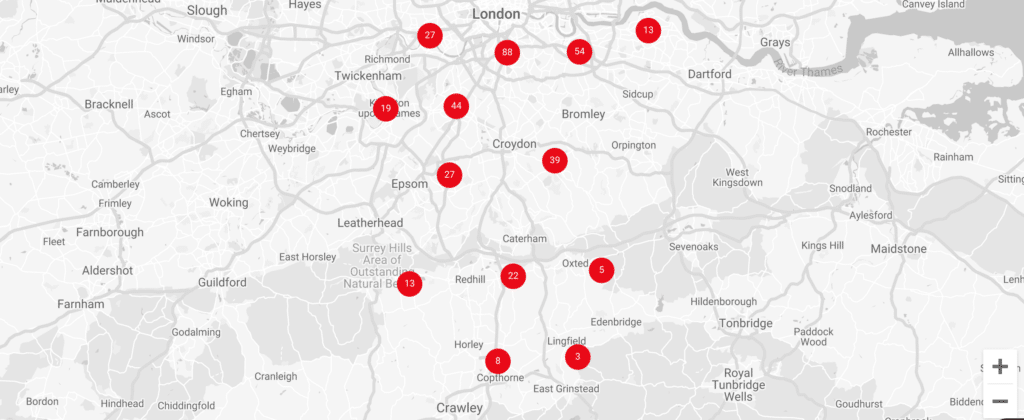Useful information
Patron
Patronage Board (Bishop/Team Rector of Wimbledon/Vicar of Merton, St Mary/a TV)
Episcopal Area
Kingston Episcopal Area
Deanery
Merton Deanery
Archdeaconry
Lambeth Archdeaconry
Details of the Church
Built
1914
Architect
C H Gage
Listing
NL
Despite its medieval appearance the church of St John the Divine was built in 1913/14 to mark the centenary of the death of Admiral Lord Nelson, whose country house, Merton Place, formerly stood nearby. Other mementos of the hero of Trafalgar include an altarpiece in the church made from timber from HMS Victory, and two cannon from the ship which stand in the neighbouring gardens.
The church is built in the Gothic style made popular by the Arts and Crafts movement. The stained glass in the Lady Chapel includes a design by Edward Burne-Jones, a leading member of the Pre Raphaelite Brotherhood, and lifelong friend of William Morris, whose stained glass works and fabrics factory operated at Merton Abbey Mills, south east of the church.
During the Second World War the church was seriously damaged by a “doodle bug” which fell in the vicarage garden blowing the side off the house and the south aisle off the church, which not fully restored until 1956.
The church was designed in a light decorated Gothic style with cusped bar tracery to the windows. The main windows are set under segmental arches. The accommodation comprises nave, north and south aisles, chancel, Lady Chapel and vestries. There is a tower at the west end of the church on the north side, the ground floor of which serves as the main entrance porch from the north door. There is another entrance on the north side towards the east end of the building. The external walls are constructed in rock hammered Darley Dale gritstone facing blocks on a brick core. Copings, window dressings and weathering stones are of Darley Dale gritstone ashlar. The pitched roofs are generally covered with green Westmoreland slates laid in diminishing courses.




